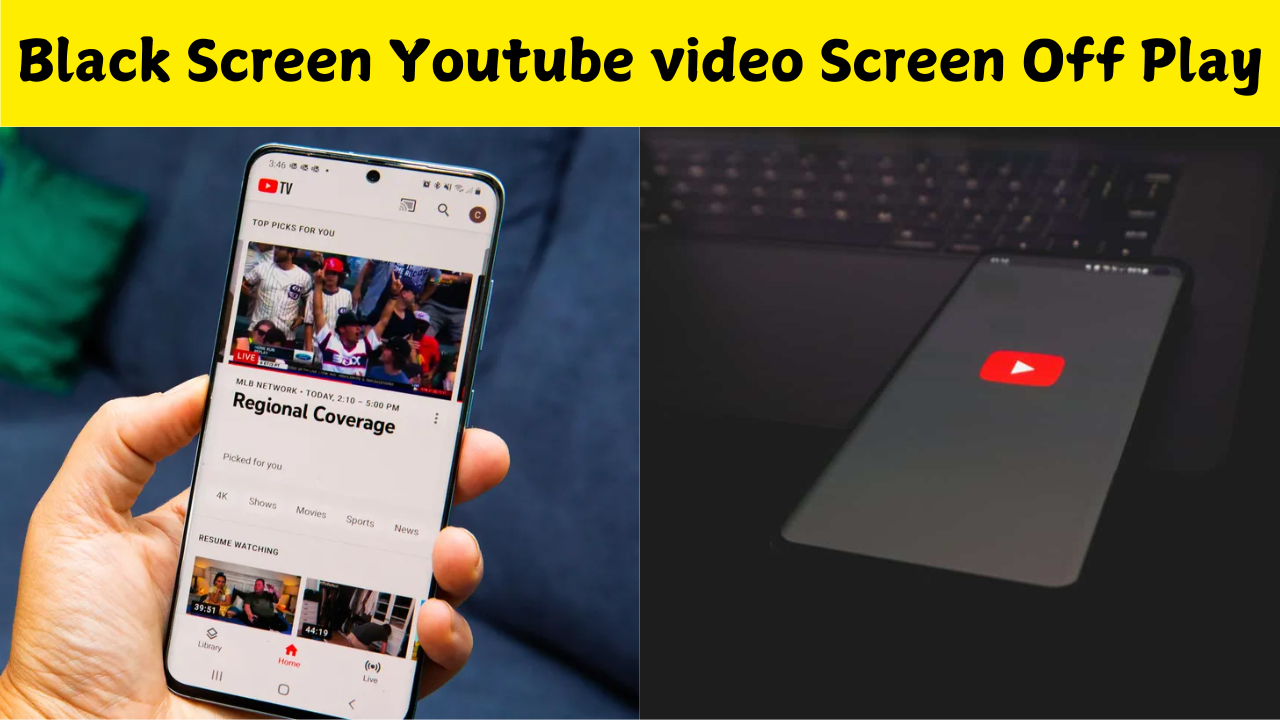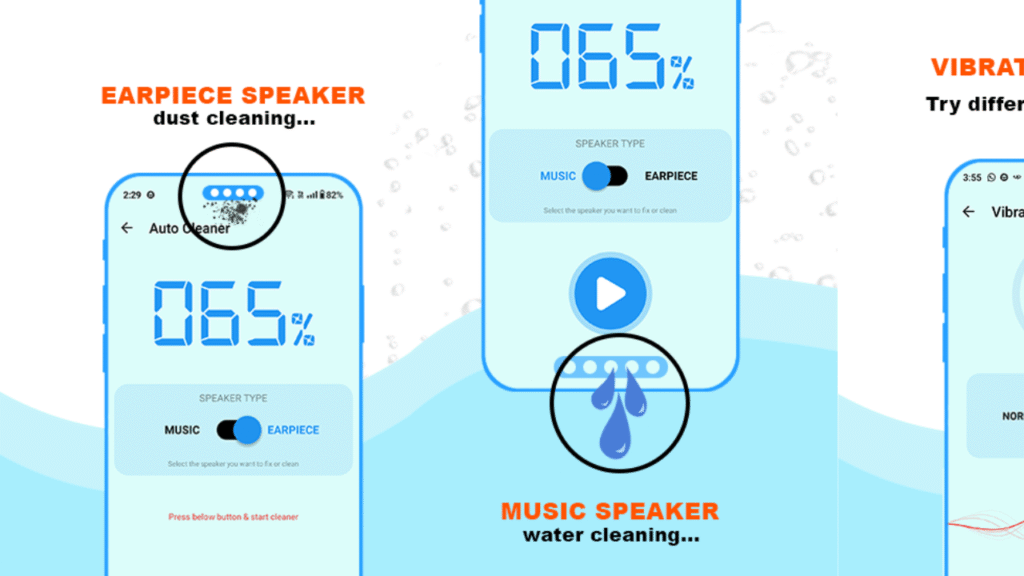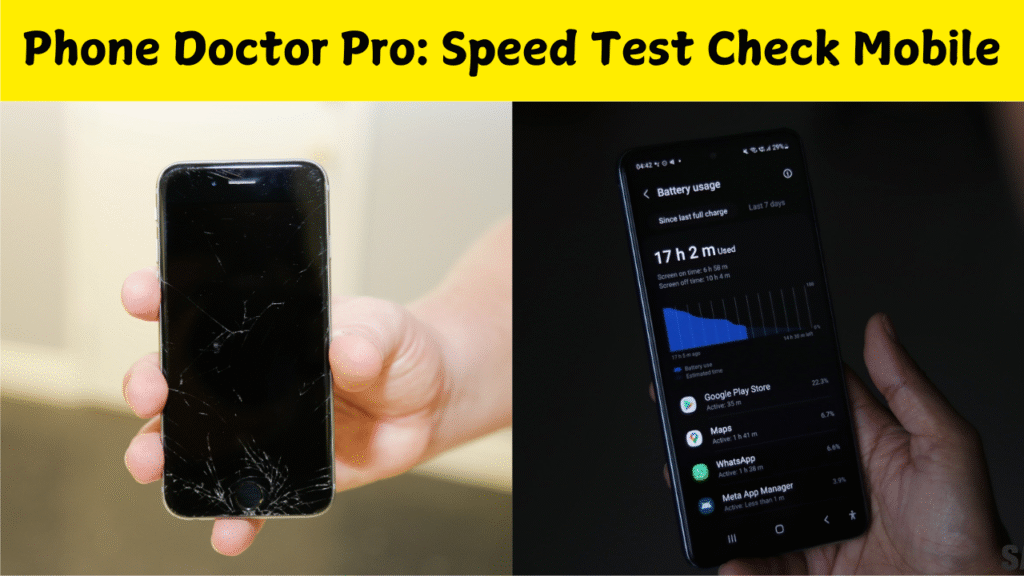Introduction to the Black Screen Problem
The black screen or “video screen off” problem has become very common on smartphones, laptops, and TVs. You might hear audio perfectly, but the display stays dark or completely blank. This issue can be confusing because the device looks like it is working, but the video output is not visible. Understanding why this happens helps you fix it quickly. A black video screen usually means the device can process the video but cannot show the visual output. This may happen due to software glitches, app errors, system bugs, display driver problems, or hardware faults. When the visual signal is interrupted, the display turns off while the audio continues to play.
When Black Screen Happens in Mobile Apps
Many phone users experience black screens while playing videos on YouTube, Instagram, MX Player, or other apps. The app loads fine, sound works normally, but the video elements fail to render. This happens when the app cache is corrupt or when your device’s GPU cannot process the streaming format correctly. Online videos sometimes turn black due to slow internet, unstable resolution switching, or buffering errors. Streaming platforms try to adjust video quality automatically. If the resolution changes abruptly while decoding, the screen may briefly turn black, though the audio keeps playing.
Display Issues on Laptops and Desktops
On computers, the black screen video issue often comes from outdated display drivers or incompatible codecs. When the system uses an unsupported video format, the media player cannot render visuals. Sometimes switching between windowed and fullscreen mode also triggers a screen freeze or blackout. If the device display has loose wiring, backlight failure, or screen damage, the video output may vanish even though the system itself is functional. Hardware-related problems usually show symptoms like flickering, dim light, or complete darkness regardless of the content being played.
Battery and Temperature Effects
Overheating phones automatically reduce performance to protect hardware. During thermal throttling, video rendering may be temporarily disabled, leading to a black screen. Low battery levels can also limit GPU power, causing videos to load with sound but no picture. Some users face black screens while recording videos. The camera preview stays dark even though the app is open. This happens when camera permissions are blocked, the camera sensor is busy in another app, or there is a temporary software glitch affecting camera access.
Black Screen During Video Calls
Video calling apps like WhatsApp, Google Meet, and Zoom sometimes fail to access the camera, resulting in a black preview. This is caused by denied permissions, low RAM, or conflict with another app using the camera simultaneously. Restarting the app usually restores the feed. Clearing an app’s cache often solves black screen issues on Android devices. The old temporary files sometimes interfere with video decoding. Restarting the app after clearing cache refreshes the video engine, resolving black display errors instantly.
Restarting the Device for Instant Recovery
A quick restart refreshes system software, resets temporary background processes, and frees RAM. Most black screen issues caused by software glitches disappear after one restart because the device reloads its display components correctly. On computers, updating GPU drivers fixes most video rendering problems. On phones, updating the video player app or system software ensures compatibility with new video formats. Updates usually come with patches for bugs that cause screen freezing or black output.
Download App
Switching to a Different Video Player
If one video player fails to display visuals, another player may decode the content correctly. Many mobile users switch to apps like VLC or MX Player to fix black screen playback. These apps support a wider range of codecs and render videos more smoothly. Sometimes the issue is as simple as the brightness level being too low. Auto-brightness glitches can unexpectedly dim the display. Resetting brightness or disabling adaptive brightness may restore visibility.
When to Seek Professional Help
If the black screen persists even after software troubleshooting, the issue might be hardware-related. Screen replacement, backlight repair, or GPU servicing may be required. A technician can diagnose internal faults that cannot be fixed through settings or software. The black screen or “video screen off” problem is usually temporary and often linked to software errors. Simple steps like clearing cache, restarting the device, updating apps, or switching video players fix it instantly. However, if the issue continues across multiple apps or screens, hardware faults may be the cause. Understanding the root of the problem helps you choose the right solution and enjoy smooth video playback again.





